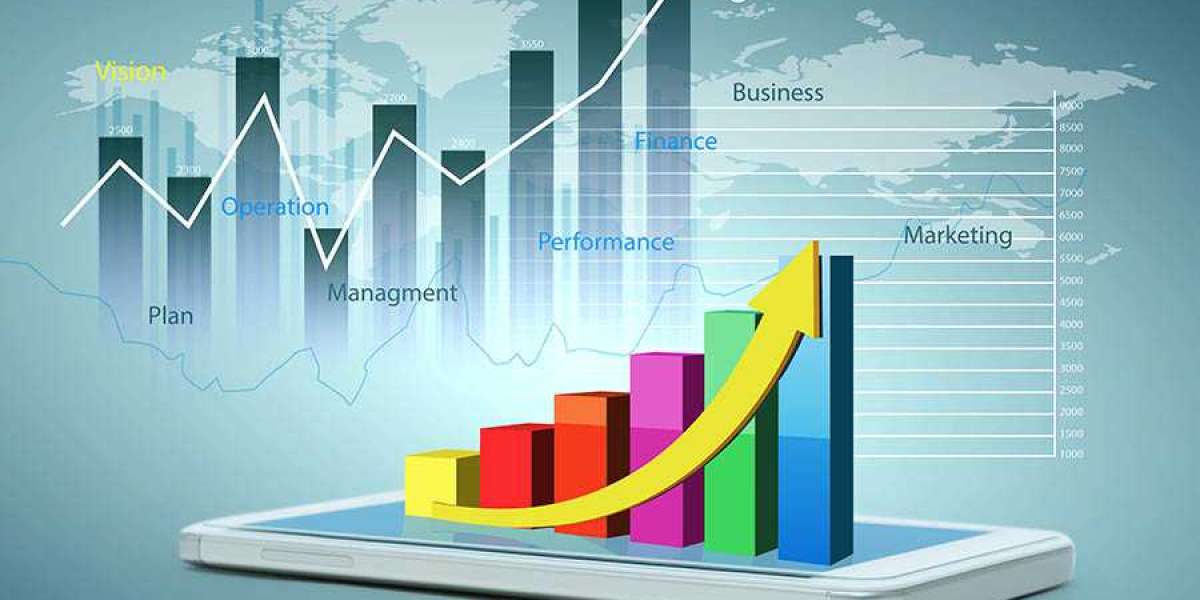Table of Contents
Impact of Digital Technology Initiatives on Sustainable Development and the Environment
Introduction
Data and digital technology both have some amount of impact on sustainable development and the environment. In today’s day and age, every digital technology use leads to a negative impact on the environment and higher production of emissions. But at the same time, the negative effects are slowly getting recognised by companies around the world.
The purpose of this essay is to examine the impact that digital technology initiatives have on the environment and sustainable development. The essay will further use real-life examples of instances where digital technology initiatives are affecting the environment.
Impact of Digital Technology Initiatives on Sustainable Development and the Environment
Like many things in the modern world, even digital technology has its own positive and negative impact on sustainable development and the environment at large. Despite existing separately from the physical world, digital technology has formed its carbon footprint (Geneva Environment Network, 2021). Moreover, according to a study, the entire carbon footprint of digital technology had been approximately around 3.7% of the greenhouse emissions compared to the emission levels of the aviation industry. Further, between 2013 and 2020, the energy consumption of digital technology increased by almost 70% (Geneva Environment Network, 2021).
Digital Technology has widespread global sustainability, even though it may be overlooked the first time around. The digital technology of today helps in driving sustainable development by producing clean power, sustainable land use, smart homes and cities, smart transport systems, etc. (Naujok et al., 2018). First of all, when it comes to the generation of clean energy, digital technology plays the primary role. Digital technology solutions for the utilities and energy industry act as the driving force for efficiency which boosts the energy management process (Wroniak, 2022). With the use of digital technology comprehensive processes, management is made available and easy along with supporting the hardware maintenance utilised in the energy industry. It increases the share of renewable energy both globally and locally.
Another direct impact that digital technology has on sustainable development and the environment is how it provides people with the option of going paperless. By going paperless, businesses and individuals will simply be able to email their receipts or save documents, and will not require papers to conduct their work (Denney, 2021). But at the same time, to boost digital technology, the digital devices that are produced, disposed and operated create a massive amount of gas emissions which still harm the environment (Denney, 2021).
Digital technology may not always impact the environment and sustainable development directly either. Sometimes it can be through the smallest things that individuals may be taking for granted, without pondering over the consequences of their digital use on sustainability. For instance, for every email, search query, and video streaming, the demand for global emissions and electricity is being boosted (Denney, 2021). Digital technology creates a huge amount of data through every digital action and it requires a massive amount of power to process all that data. Even though digital technology helps a lot it also prevents people from recognising the environmental harm that it has caused (Denney, 2021).
Many companies around the world are combining digital technology and sustainability to make a difference. For instance, Philips the consumer electronics manufacturer utilises digital technology for capturing information on the life cycle of its product for waste reduction (Naujok et al., 2018). The analysis of the company in the secondary market reveals that the customers can reuse some parts and then extend the life of the equipment that they already have. In this way, the customers can not only increase the life of the equipment but Philips will also be able to have a better relationship with its customers based on sustainability which it could not have before (Naujok et al., 2018).
Digital technologies can drive sustainability along with having a negative impact on the environment. But it cannot be denied that digital technologies contribute towards solutions of production patterns and sustainable consumption, along with good environmental management. The improvement in technologies recently has been providing many bright opportunities to protect and monitor the environment, along with the entire health of the planet. By using these opportunities, the digital revolution can be used to advance global sustainability and combat climate change, along with human well-being and environmental stewardship.
Conclusion
The purpose of this essay was to examine the impact that digital technology initiatives have on the environment and sustainable development. So far, even after all the initiatives, the adverse impact of digital technology on the environment is larger than any positive effect. But the world is moving towards finding a way that works in the favour of the environment and preserves the natural world.
Reference List
Data, digital technology, and the environment (2021) Geneva Environment Network. Available at: https://www.genevaenvironmentnetwork.org/resources/updates/data-digital-technology-and-the-environment/ (Accessed: March 7, 2023).
Denney, E. (2021) The environmental impact of digital technology, LinkedIn. Available at: https://www.linkedin.com/pulse/environmental-impact-digital-technology-ellie-denney?trk=public_profile_article_view (Accessed: March 7, 2023).
Naujok, N., Fleming, H.L. and Srivastav, N. (2018) Digital Technology and sustainability: Positive mutual reinforcement, Strategy+business. Available at: https://www.strategy-business.com/article/Digital-Technology-and-Sustainability-Positive-Mutual-Reinforcement (Accessed: March 7, 2023).
Wroniak, J. (2022) How digital technology drives reaching the Sustainable Development Goals, Codibly. Available at: https://codibly.com/news-insights/digital-technology-and-sustainable-development-goals/ (Accessed: March 7, 2023).



